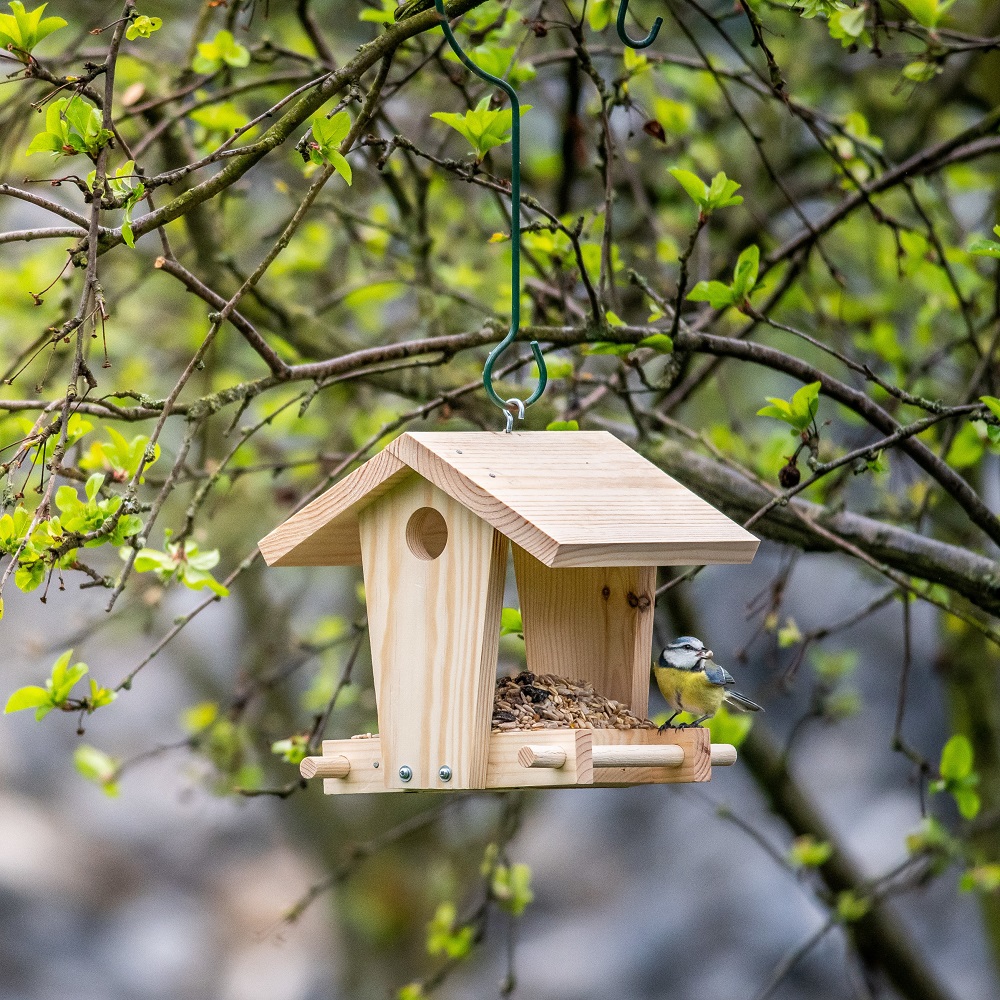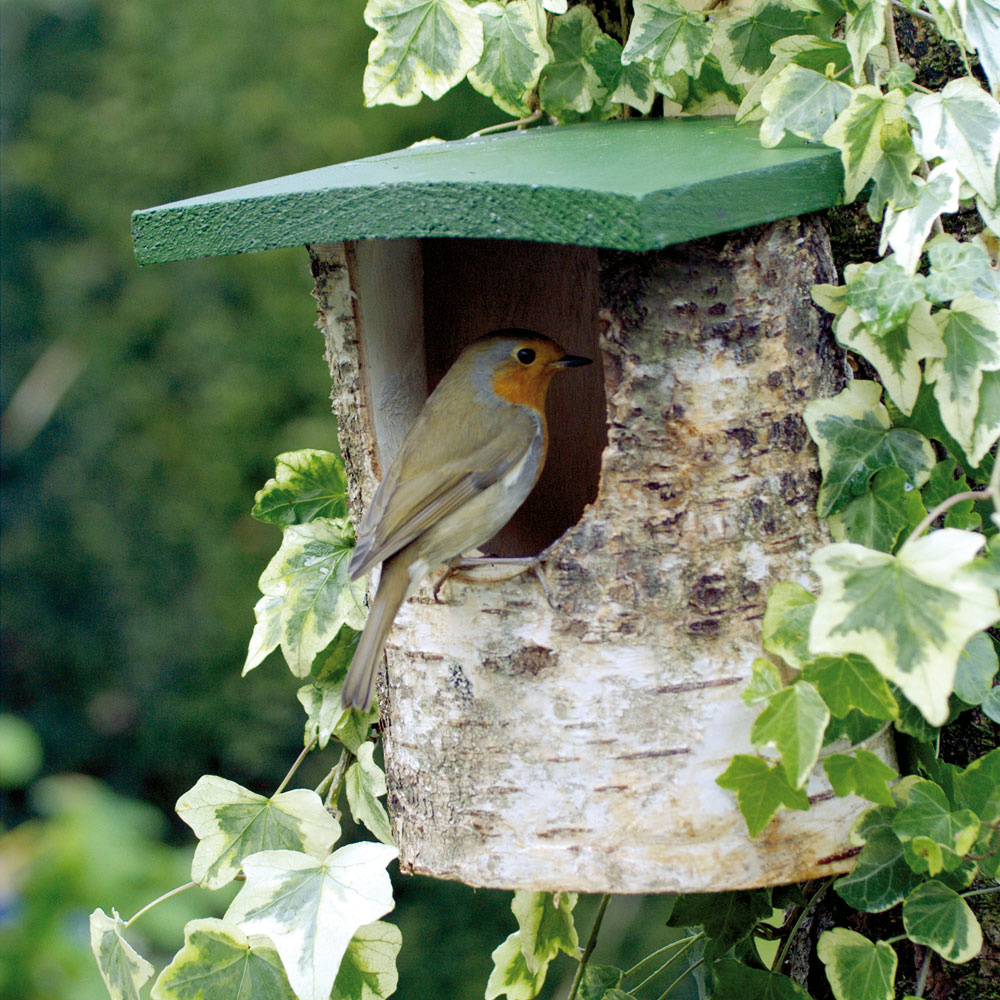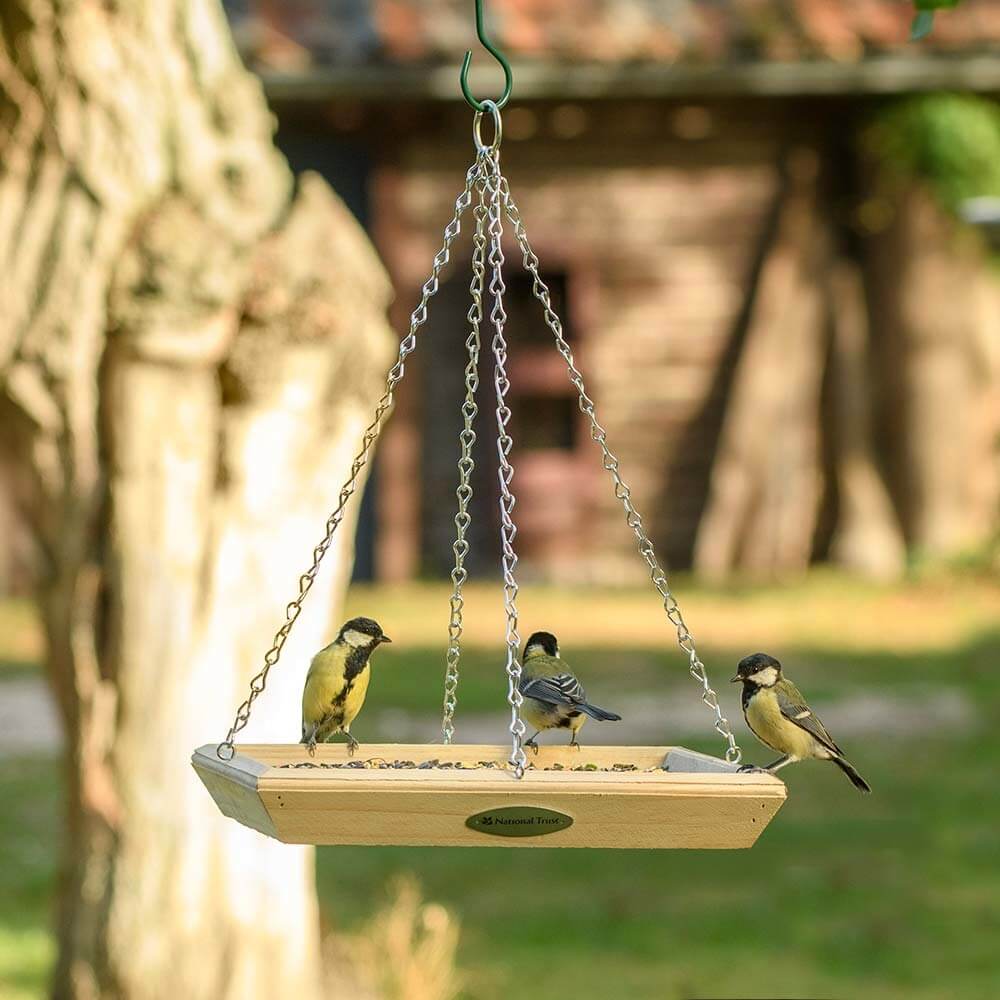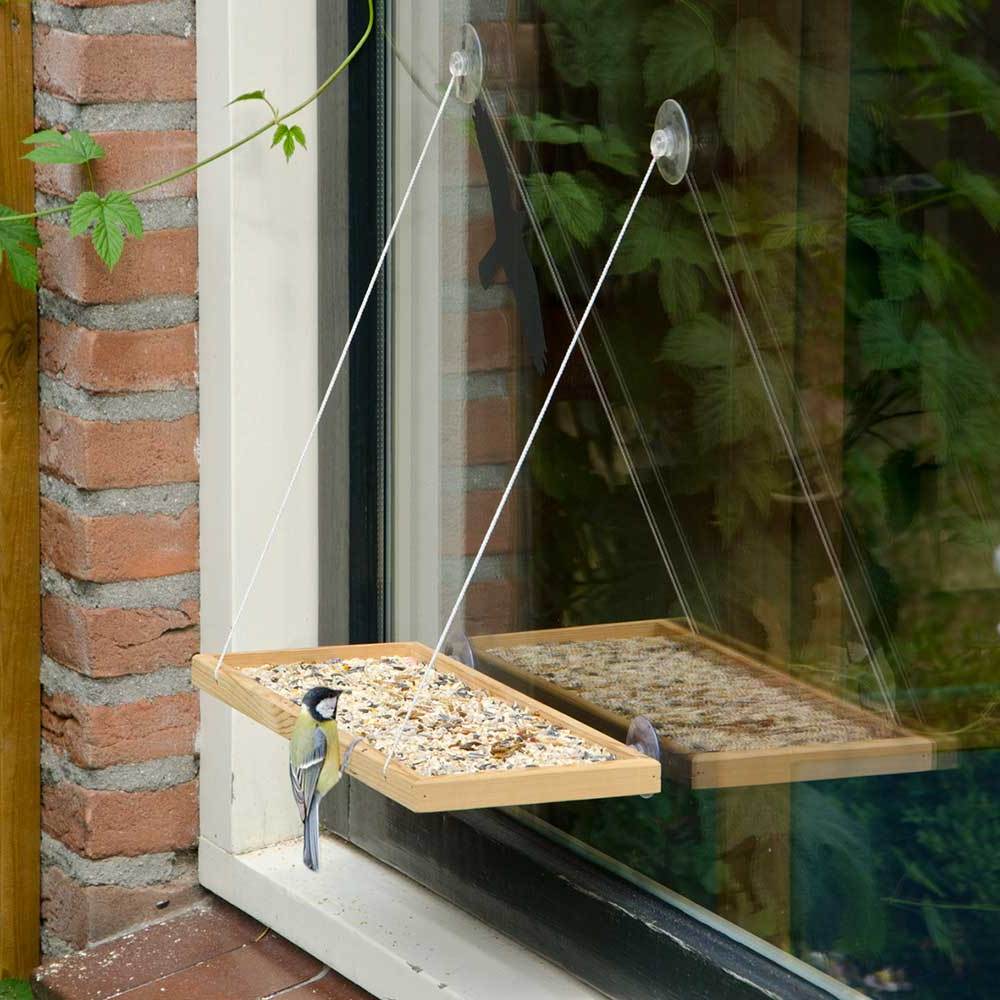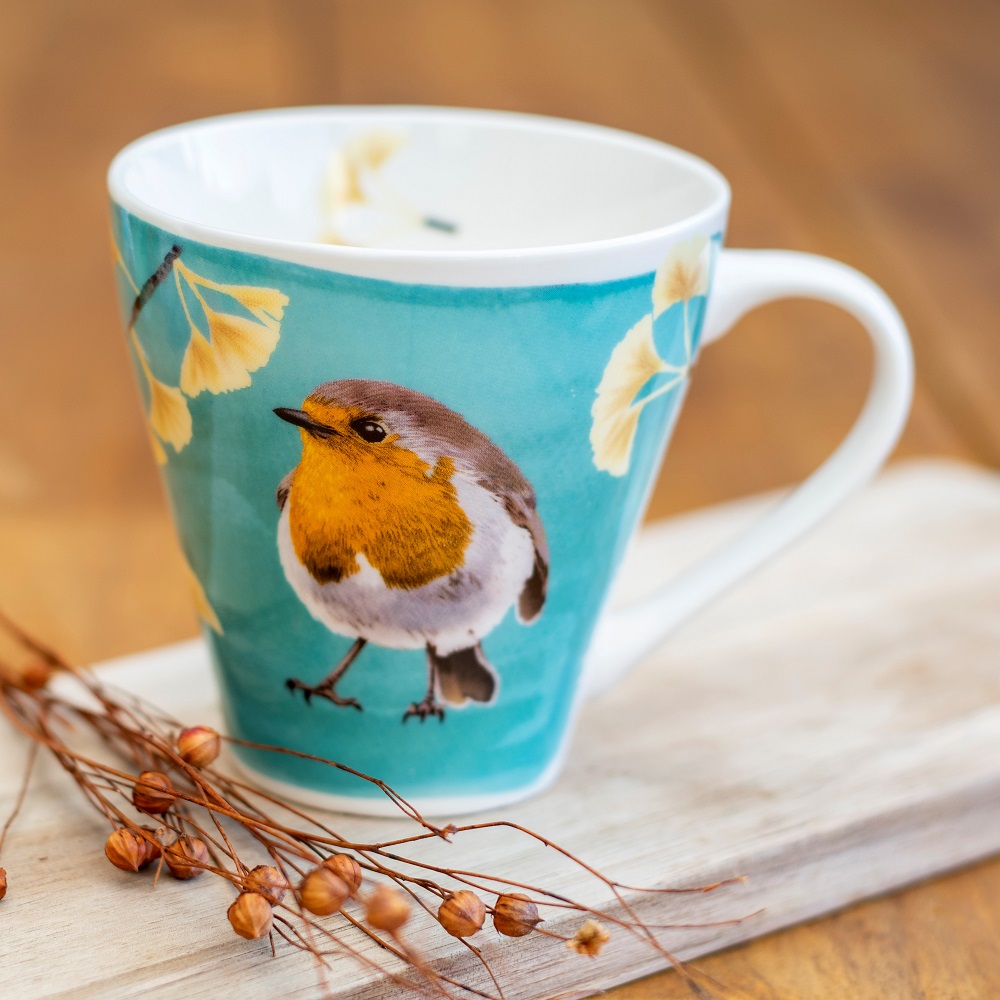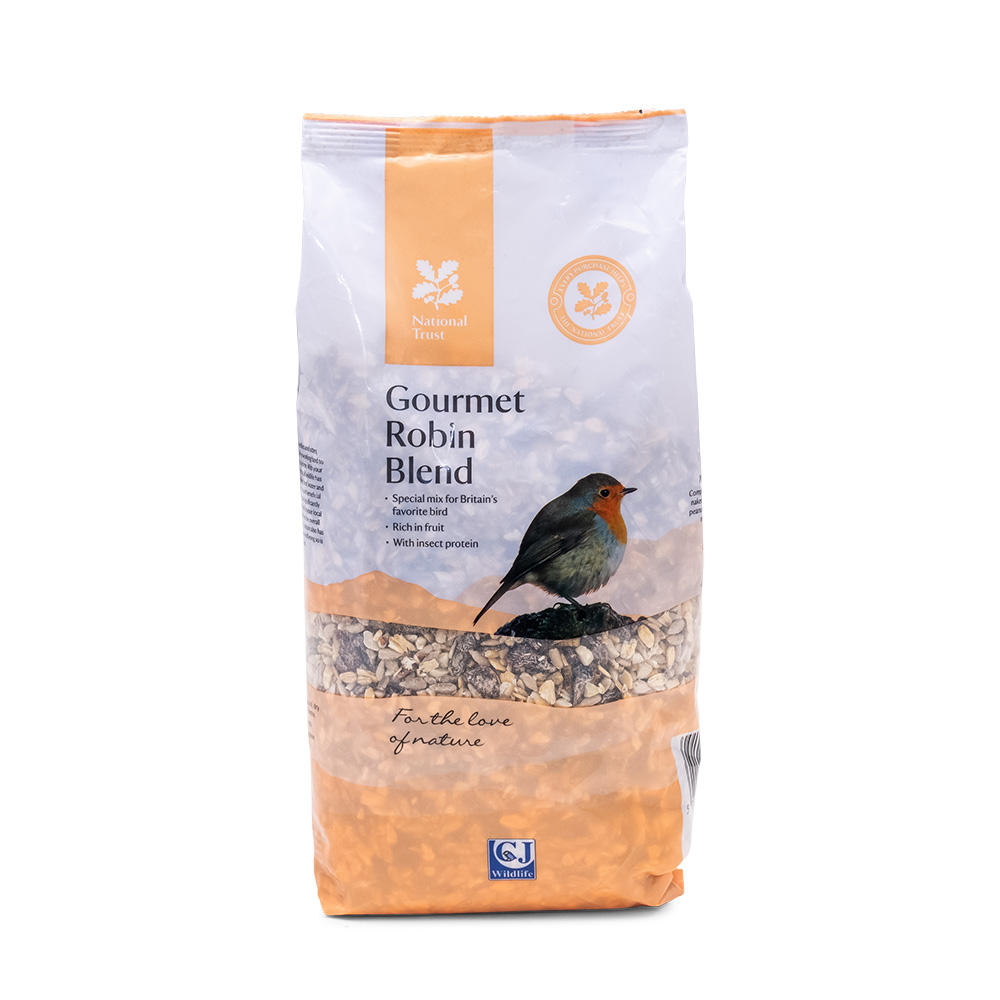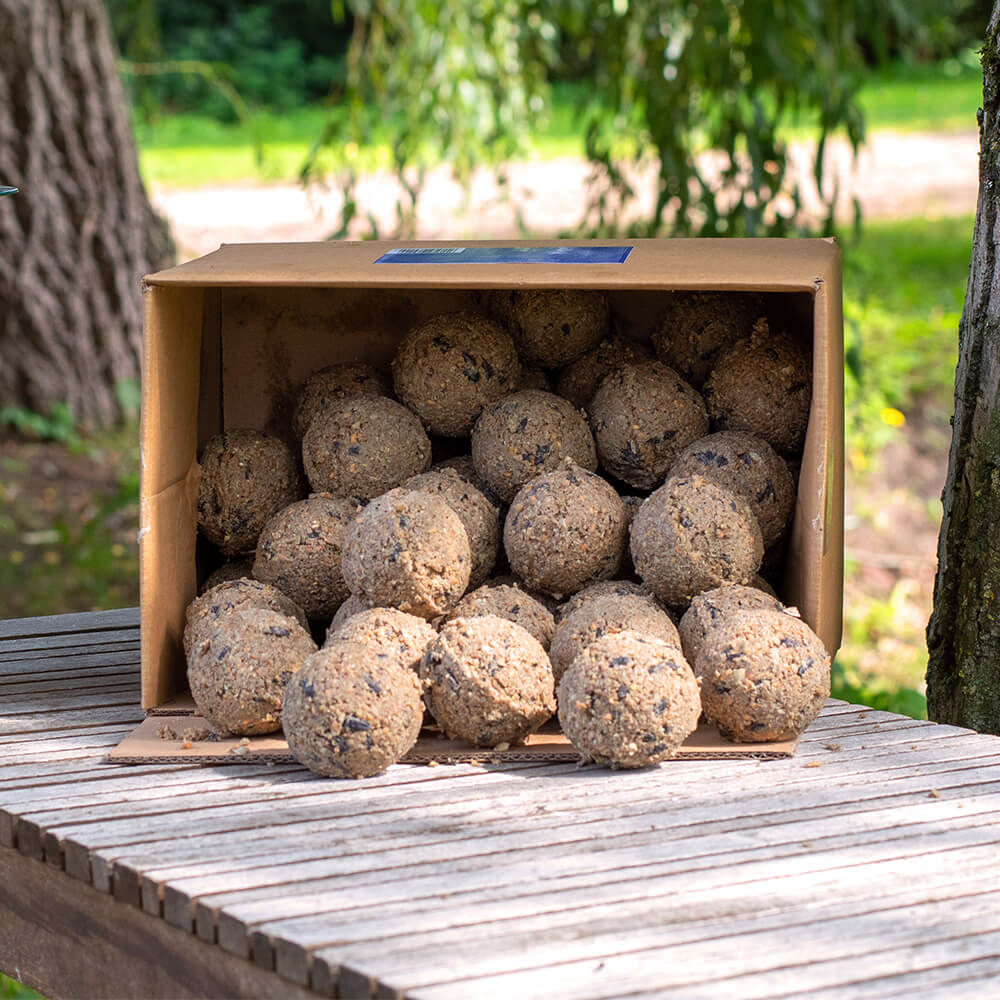The bird world has a fascinating effect on people. However, many wild birds are losing their habitat due to the disappearance of structured landscapes and a lack of food. With our new annual "Birds in Focus Campaign" we want to draw attention to the state of our native birdlife. More birds than ever before are on the Red List. It is now 70 species long – more than double the size it was in the first report in 1996.
It is really alarming when our birds disappear from our landscapes, as animals are a good indicator of changes in our environment. Globally, 40% of all bird species have declining populations. On average, one in eight bird species is threatened worldwide. We want to protect birds and we need your help, because together we can support our native bird species.


Celebrating the robin
Our "Bird in Focus Campaign" kicks off with a very special favourite. The Robin is one of the most popular garden birds and a virtuoso singer. Everyone knows it and everyone loves it. The bird species is known throughout the UK for its fearlessness and staying close to humans. The Robin can be seen at feeding sites all year round. Our Robin profile tells you everything you need to know about this special garden bird.
Everyone knows it and everyone loves it.




Suitable products for robins
House sparrow


The house sparrow loves being in direct proximity to humans. It can be found in both large cities and villages. Three to four broods per season are not uncommon for the house sparrow.
Greenfinch


The greenfinch presents itself in bright colours with a yellow-green plumage. The greenfinch is present and loud and likes to scare smaller birds away from its feeding places.
Kingfisher


The kingfisher has become a real rarity. Besides severe winters, the loss of natural steep banks is also responsible for population fluctuations. The kingfisher is dependent on these to build its breeding tube.
Starling


The starlings' plumage is predominantly dark, but shimmers purple, green and bronze. Outside the breeding season, the birds gather in large flocks and perform spectacular formation flights.
House Martin


The House Martin builds its nest on rock walls or higher buildings. Therefore, they are more likely to be found in cities than in open landscapes. When foraging, on the other hand, open terrain is preferred.
Your vote counts - vote now for your favorite candidate next year!



